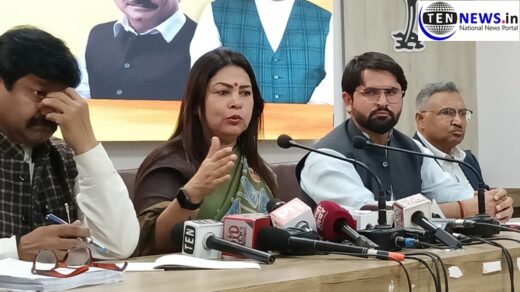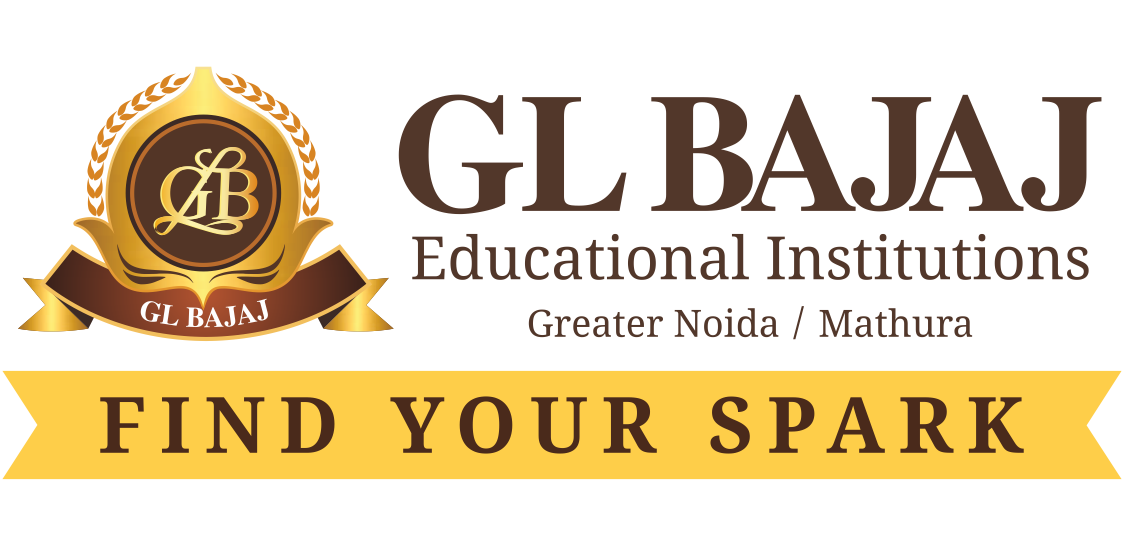New Delhi: The Union government has taken several initiatives largely in the higher education space bringing instant cheer to the sector, but amid ambitious promises, implementation remains a key challenge.
Most of the efforts on education has come in the last one-and-a-half years as it lost the first two-and-a-half years battling controversies of its own making.
The Indian Institutes of Management Act (IIM Act) to liberate management schools from strict government control, the higher education funding agency, the graded autonomy for top schools, bringing back the Central Board of Secondary Education (CBSE) Class X board exam and establishment of an online academic depository are some of the key initiatives that garnered wide support for the human resource development ministry. Added to this is Prime Minister Narendra Modi government’s decision to start seven new IIMs and six new Indian Institutes of Technology (IITs) among other top schools in a move to take the best management and technology education to a larger number of students.
However, there are issues with several other initiatives. The new education policy is a still awaited, the big bang reform of the University Grants Commission and the All India Council for Technical Education is still being discussed, and the institute of eminence scheme has not taken off. The promise to enhance education spending to 6% of GDP is still a distant dream. The quality issue in Indian schools and colleges remains a constant worry.
“Yes; there are several pending proposals, but of late, the ministry has moved to bring tangible results. The ministry is in favour of giving autonomy…and taking every stakeholder along. The graded autonomy announcement, as one must have noticed, has several private sector institutions indicating impartiality,” said a top ministry official.
Unlike the previous United Progressive Alliance (UPA) government, the National Democratic Alliance (NDA) did not initiate the reforms through the legislative route, given that the UPA government lost out on education reform because of lack of parliamentary support for more than a dozen significant bills.
Other than the IIM Act, most of its academic or administrative reform initiated were through executive orders, making it easier for implementation. However, such moves may face difficulties in case of a change in government as they do not enjoy parliamentary nod.
The government has established a higher education finance authority to reduce the dependence of state-run institutions on government grants. It also brings a choice to the table for top institutions when they wish to borrow from the market. “That’s a win-win,” said a human resource development ministry official. However, the seed money for the agency is quite low (Rs3,500 crore) for raising Rs1 trillion from the market.
“Several initiatives of the present government are good but they have to be holistic. As of now, it can be termed as patches of excellence. The last year of the present government must focus on quick reform and equal treatment of the public and private sectors. We hope to see more from the government without comprising its quality control objectives,” said Harivansh Chaturvedi, director of the Birla Institute of Management and Technology, in Greater Noida










